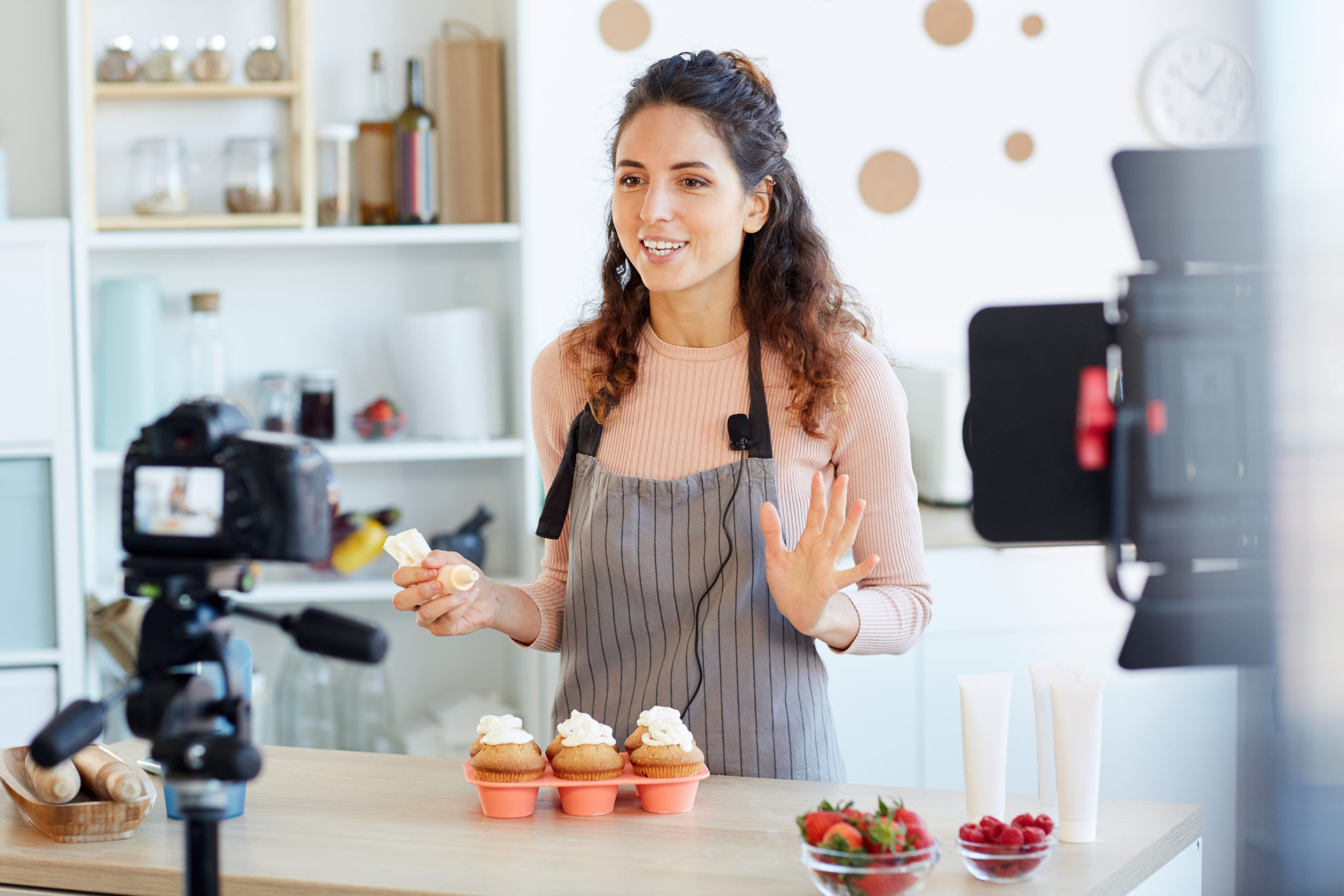
The food and drink sector is a crowded one. Your priority is going to be producing a product that consumers want to eat or drink but this will be closely followed by the creation of an eye-catching brand that will put you ahead of your competition. Protecting the investment you make in brand and packaging development is vital to your success as a business and asking the right questions early on in your journey is key. By planning ahead and securing Intellectual Property protection you add value to your business and protect yourself from legal issues down the line. The last thing you want once you’ve designed your packaging, gained traction on your Instagram handle and secured investment is to be forced to rebrand because you are infringing someone else’s brand.
Here are our recommendations of questions to ask and actions to take prior to launching your new food or drink product. Ideally these would be looked at 6-12 months before your launch.
- Identify the unique elements of your food or drink product and seek advice early on to work out what might be protectable Intellectual Property – this will almost definitely include a brand name and logo but may also extend to the unique way in which your coffee beans are packaged or the shape of your innovative glass jar.
- Be creative – to be protectable as a registered trade mark, a brand must be distinctive for the goods and services you’ll be selling; it cannot be descriptive. The more creative you can be, the less likely it is that someone has got there first. For example, a made up word like BRAMMIT is probably going to be easier to enforce and protect than YUM SNAX for your healthy fruit snack.
- Try not to get wedded to a single brand name too early on in the process – shortlist two or three alternatives that you would be happy to take forward and seek advice early so that you can obtain the necessary clearance to use and register before your deadlines for printing your packaging.
- If you engage with a branding agency to help design and develop your packaging, ensure that any associated copyright is assigned to you/the instructing company. Subject to any contract to the contrary, the copyright will automatically go to the branding agency, so it won’t form part of your Intellectual Property portfolio and you wouldn’t be able to rely on it if you needed to in the future.
- Focus on the elements within your brand that are going to be most important for you commercially and prioritise protecting them. Will you use a shortened version as an icon on your social media pages? Is the font or colour you use a particularly important part of your brand story? Which elements of the brand/product would you feel most threatened by someone copying? Speak to your Trade Mark Attorney so you can work out a strategy to protect these elements as far as possible and if they can’t be protected, know why – investors might ask.
- Brainstorm the range of goods you will sell under your brand, both now and feasibly in the future. If sales of your low alcohol spirits really take off, might you branch in to ready-made cocktails? It might be difficult to predict these kinds of expansions but have the conversation – it’s important to get the scope of a trade mark application right prior to filing as you can’t broaden it afterwards.
- Contact a Trade Mark Attorney to conduct clearance searches to check to see if your brand is free to use and register in your core markets. Quick identical checks of the UKIPO register and Google searches (which you can do yourself) will identity any red flags and you may then decide to take an alternative mark forward but it’s worth conducting some more thorough clearance searches to include similar marks to get an overall view. For example, an earlier registration for BRAMMET would likely be a barrier for you using and registering BRAMMIT, but it might not come up in your own searches.
- Once your mark has been cleared, file applications in your core countries of interest. You can utilise the 6 month priority period to file subsequent applications and this is a helpful way of spreading out the cost, as well as seeing how sales go in these first 6 months. Trade mark rights are territorial so you will need to think carefully about which other countries are key to your success and secure protection there. Think in particular about where you are manufacturing (if it’s outside the UK) and which foreign markets might be particularly receptive to your product.
- Be vigilant for any third parties that are getting too close so that you can enforce your rights as necessary. It’s possible to set up watches of trade mark registers so that you are alerted to any applications that are filed that are similar to your own.
- Keep dated records of your use of your trade marks, including in articles, social media, on invoices and on your website. UK and EU trade mark registrations become vulnerable to cancellation five years after registration if they haven’t been used and if this is ever questioned, having good records of your use makes defending such an action much easier.
To discuss how we can help you protect and maximise the value of your food and drink business, please contact Alice via Alice.Anderson@gje.com


